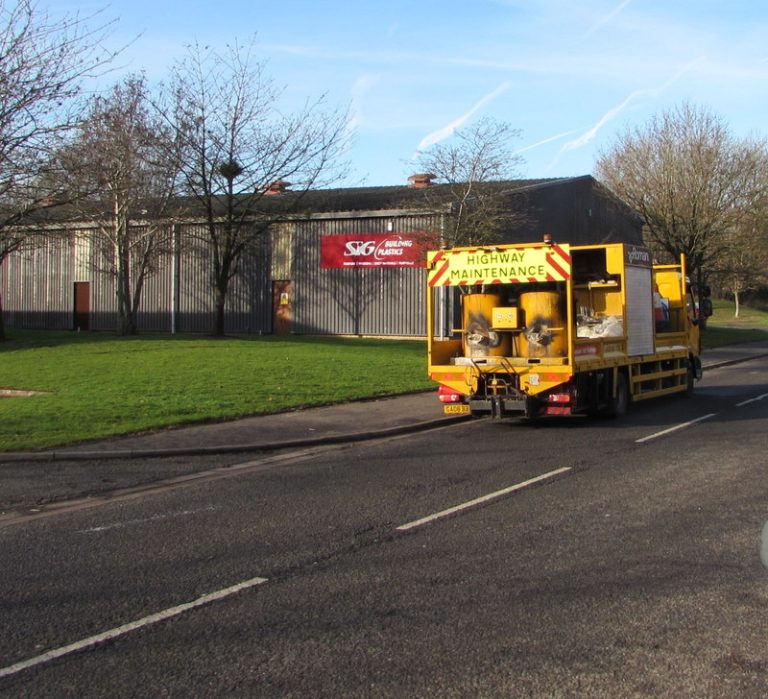War Horse, the war drama film by Steven Spielberg, and hero of Michael Morpurgo’s novel, has taken many Best Picture, golden Globe Awards and BAFTAs. It is the story of Joey, the much loved horse of young Albert Narracott who lived in south west England with his family. Joey was one of the millions of horses, mules and donkeys who served their time in World War 1. They were used for transport, communication and companionship, carrying water, food, ammunition and medical supplies to men at the front while some 200,000 pigeons carried essential messages. Of our soldiers, 886,000 men died representing 2% of the country’s entire population. Ian Murray, the renowned chainsaw sculptor, has carved many and varied subjects from timber mostly as commissioned works from individuals and organisation keen to have his breath taking works of art. As 2018 marks the 100th Centennial of the end of World War 1, and to commemorate this special occasion, Ian has been tasked to carve a life size Joey, standing at 7’3”, from solid oak, in just 70 amazing hours. Chainsaws and other high performance tools, accessories and PPE have been supplied by Makita UK, the UK’s number 1 professional power tool manufacturer, via regional distributor Morris Garden Machinery, Rhuddlan. Richard Kendrick, Royal British Legion organiser in Rhyl, N Wales, who is responsible for the Poppy Appeal, is aiming to raise £3,500 to pay for the creation of Joey. He is working with local schools and colleges to help raise these funds. “When Ian has finished creating War Horse, we plan to visit local schools and educate our children about World War 1,” says Richard. “Together we want to tell children about the war and what happened – to understand the hardships our soldiers and our horses endured.” Adds Ian Murray: “We’re hoping the children will enjoy this real-life lesson as they will be able to connect with War Horse, to see him and touch him, and we hope they will appreciate how much our servicemen and women did for us over 100 years ago.” There is also hope that local MP Chris Ruane may be successful in arranging for War Horse to visit the Palace of Westminster, the iconic home of UK parliament, and that other children around the UK will see and request a visit to their own school and to learn of our gallant forces and what they contributed to the country. Makita UK has supported the project in supplying chainsaws to Ian Murray, a keen Makita fan, for the creation of War Horse including three chainsaws, one with Easy Start and another featuring the market leading Vibration Dampening technology; a cordless LXT blower; 18v cordless grinder, file sander and die grinder, as well as accessories and PPE. “This carving of War Horse has been a bit daunting,” reports Ian, “and I had to make this creation in two bursts due to essential overseas travel in the middle of the project. But this allowed the timber time to stabilise and take on a new position while it dries out naturally adding greater dynamics to the wonderful Joey. I’m very pleased with this creation.” Jonathon Morris of Morris Garden Machinery has encouraged Ian Murray over recent years. “His sculptures show exceptional talent and we are delighted that he uses Makita saws. We are a Makita approved PDI dealer and sales have expanded tremendously in recent years. The products are excellent and, above all, reliable,” reports Mr Morris. For more news and product information about Makita UK please visit www.makitauk.com. Follow us on Twitter @MakitaUK, Facebook.com/makitauk and google.com/+makitauk







